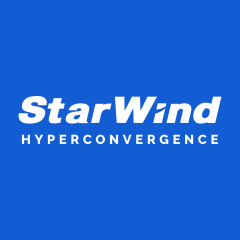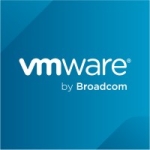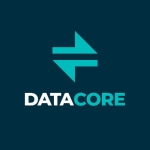We are using VSAN in our cloud environment to provide CSVs to the Hyper-V Group. We are using a converged environment, so we have two commodity class servers configured as a high availability StarWind cluster and then we have many Hyper-V compute nodes that access the CSVs from the StarWind cluster.
We can use Veeam to back up and replicate the virtual machine files from the CSV/cluster.
We use SPF + 10 GbE modules off the shelf and 10 GbE switches off the shelf. We were able to create a redundant network infrastructure to support our SAN network.
Creating a high availability cluster required the configuration of the cluster on our hardware and the shared space to access the files has improved my organization.
Using the StarWind VSAN solution allowed us to reduce costs by using equipment that we already owned.
StarWind has allowed us to virtualize our environment without the huge expense of a dedicated SAN, putting cluster technology and its benefits within our reach. Server downtime was a constant threat to our operation before StarWind but has never been a problem since.
Updates to server hardware are now painless and done during working hours with zero stress. We had a RAID failure a few months back, and nobody in the building even noticed and there was no after-hours time used for repair.
The ability to use off the shelf hardware (servers, RAID cards, SSDs, etc.) is also invaluable in terms of cost and flexibility.
The configuration is so much simpler, with fewer points of failure to worry about. Integration with Microsoft clustering has been perfect, allowing us to leverage our investment in MS server licensing to the fullest
The product can be improved:
- There is no good way to see how all networks are distributed on the console. Besides, once they are created and highlighted, everything seems to be going well.
- If we stay with Virtual SAN instead of managed devices, it would be nice to have more automated tools to manage iSCSI connections in Windows, which can be a bit confusing at first.
- We would like the documentation to be more complete. Most items are covered, but if you don't know something, you may need to contact their support.
We are using VSAN in our company for about one year.
The solution is very stable. We have tested storage network outages with failure of one or two nodes. The solution is able to stay online or repair itself with ease
The scalability of this solution is impressive. We're very happy to use it.
The experience of work with clients/technical support is very positive. Everything is fast and available.
The initial setup wasn't difficult.
We have implemented through a group of suppliers. Their level of experience is quite high.
Will soon pay off by reducing downtime and maintenance costs.
Make sure that you understand what all of the pieces do and don't make the assumption that you can drop support once setup is complete.
We immediately chose Starwind because our system administrator had experience with this product in the past.
This product is definitely worth the investment.















